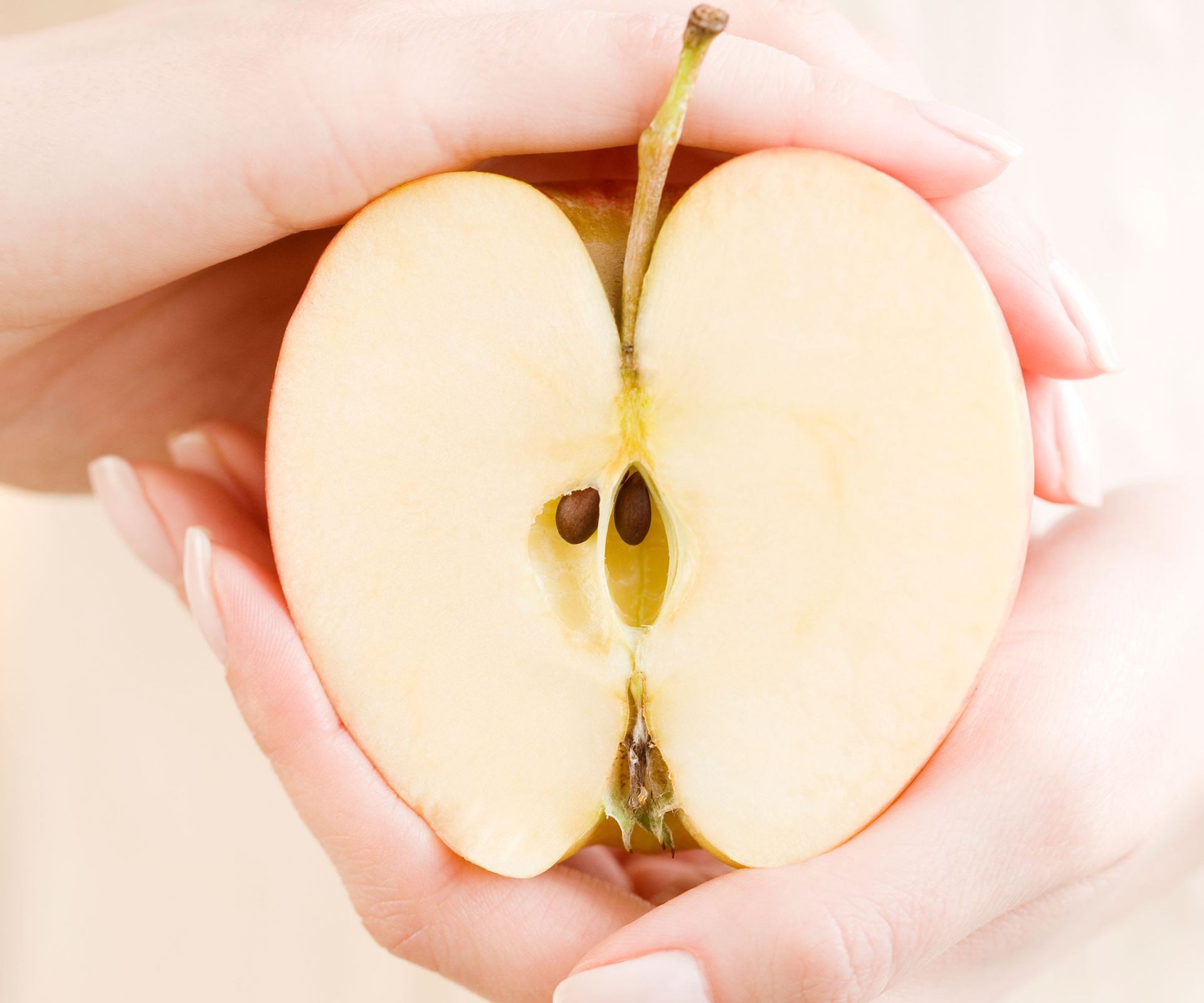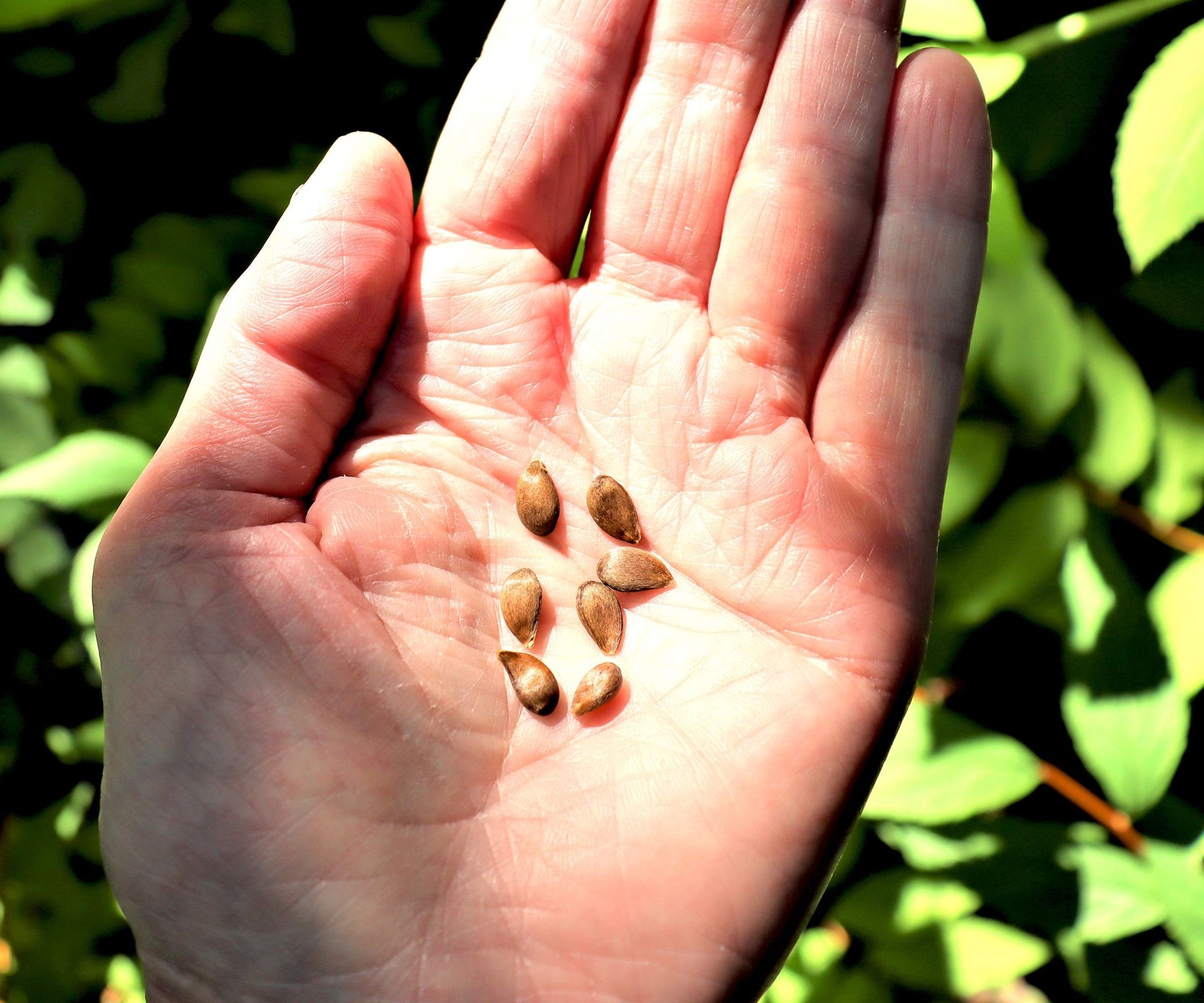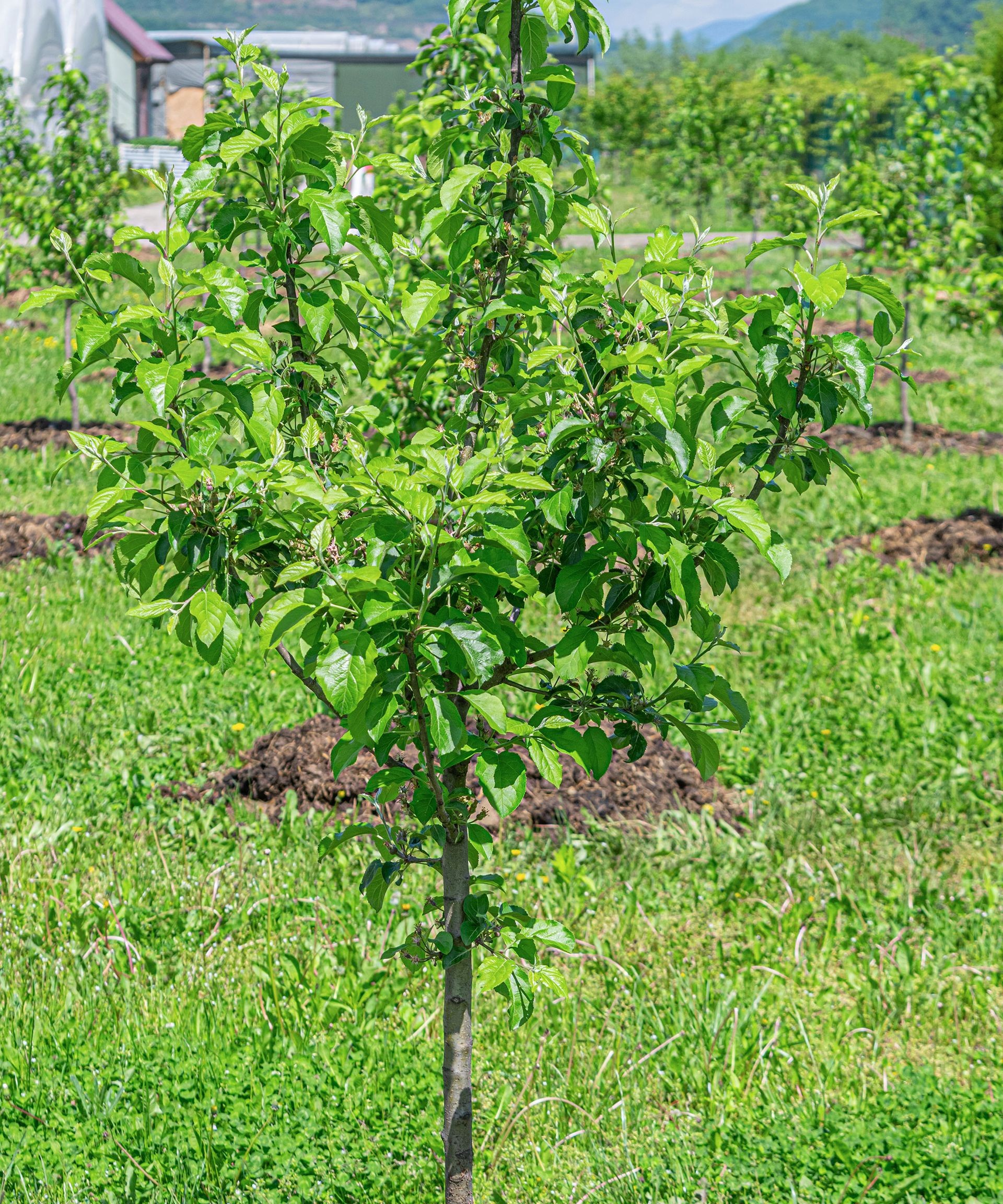No products in the cart.
NEWS
How to Plant Apple Seeds: Your Guide to Growing from Scratch
The simple act of holding an apple seed holds a surprising potential – the possibility of nurturing a new tree from a tiny kernel. For many garden enthusiasts, the idea of growing an apple tree directly from the seed of a beloved fruit is incredibly appealing, promising a future harvest born purely from patience and care. While it’s true that embarking on this journey requires specific knowledge, particularly regarding seed germination and a process called stratification, it’s a deeply rewarding project that connects you intimately with the cycle of nature.
Commercially, apple trees are typically propagated through grafting, a technique that ensures new trees are identical to the parent variety. Growing from seed, however, introduces an element of delightful unpredictability. The tree you cultivate might not produce apples exactly like the one the seed came from, due to the fascinating science of cross-pollination. Yet, this mystery is part of the charm! Successfully planting apple seeds can be a captivating experiment, potentially yielding a unique, tasty fruit variety all your own, free of charge. Let’s delve into how to give those tiny seeds the best possible start for a future of delicious possibilities.
 Close-up view of a red apple sliced open, revealing the central core and dark brown apple seeds ready for planting
Close-up view of a red apple sliced open, revealing the central core and dark brown apple seeds ready for planting
Understanding Why Seed-Grown Apples Are Unique
Unlike many plants that produce offspring identical to the parent when grown from seed, apples behave differently. This is primarily because apple trees rely on cross-pollination. The flower of one apple variety is pollinated by pollen from a different apple variety, resulting in a seed that carries genetic traits from both parent trees. Think of it like inheriting traits from both parents – you’re a unique combination, not an exact clone of either.
This genetic mixing means that even if you plant a seed from your absolute favorite apple, like a crisp Fuji or a sweet Gala, the tree that grows from that seed will be a new, distinct variety. It might produce fruit that is sweeter, tarter, larger, smaller, or entirely different in texture and color from the apple you started with. For commercial growers needing consistency, this is undesirable, hence grafting. But for the home gardener, it’s an opportunity to discover a truly one-of-a-kind apple!
Optimal Timing and Location for Planting Apple Seeds
Choosing the right time and place significantly impacts your success when learning how to plant apple seeds. If you prefer a natural approach, sowing seeds directly outdoors in the fall is ideal. This timing allows the seeds to experience the natural cold period necessary for stratification, breaking their dormancy over winter and preparing them to germinate in the spring.
Alternatively, you can start your apple seeds indoors. If you choose this path, you’ll typically plant your seedlings outside in the spring after the last frost has passed. This gives the young trees a full growing season to establish robust root systems before facing their first winter outdoors. Whether starting indoors or directly sowing, select a planting site that receives full sun – apple trees thrive with plenty of light. The soil should be moist but well-drained. When your future tree matures and is ready to produce fruit, remember it will need another apple tree nearby (or within pollination range) for successful cross-pollination.
 A handful of cleaned apple seeds held in a gardener's palm, prepared for the stratification and sowing process
A handful of cleaned apple seeds held in a gardener's palm, prepared for the stratification and sowing process
The Step-by-Step Process: How to Sow Apple Seeds
Patience is perhaps the most crucial tool in your arsenal when growing apple trees from seeds. However, the actual sowing process is quite straightforward. Follow these steps to maximize your chances of successful germination and healthy growth:
Seed Preparation and Cleaning
Start with seeds from a ripe, mature apple. Carefully remove the seeds from the apple’s core. Clean off any remaining fruit pulp or sugary residue. This prevents mold and disease. After cleaning, spread the seeds out on a paper towel or similar surface and allow them to air dry completely for a day or two.
Stratification: The Cold Treatment
This is a vital step! Apple seeds have a built-in mechanism to prevent them from germinating prematurely in the fall; they need a period of cold to signal that winter has passed. To mimic this, you’ll need to cold-stratify your seeds. Mix the dried seeds with a slightly damp medium like peat moss, sand, or vermiculite in a sealed container or a resealable plastic bag. Place this container in the refrigerator at a consistent temperature of around 40°F (4.4°C) for approximately 70 to 80 days. Check occasionally to ensure the medium remains slightly moist.
Optional Scarification
Sometimes, gently scuffing the outer coating of the seed can help water penetrate and encourage germination after stratification. You can do this by lightly rubbing the seeds with a piece of fine-grit sandpaper or carefully nicking the seed coat with a knife, taking care not to damage the embryo inside. This step isn’t always strictly necessary, but some gardeners find it beneficial.
Planting Your Stratified Seeds
Once the stratification period is complete, your seeds are ready to plant. Whether you choose small pots filled with seed-starting mix or a prepared bed outdoors, the planting depth is key. Sow the seeds about half an inch (or 1 centimeter) deep. If planting in containers, planting several seeds per pot increases your odds, as not all seeds may germinate. If planting outdoors, consider protecting the area with netting or screening to deter animals from digging up your precious seeds. Keep the soil consistently moist – never soggy, but don’t let it dry out – while you await germination.
Using containers initially often provides better control over soil moisture and temperature, giving seedlings a strong start before transplanting.
Nurturing Your Young Apple Seedlings
As your apple seeds germinate and sprout into young seedlings, providing consistent care is essential for their development into vigorous young trees. Place your seedlings where they will receive full sun for most of the day. Maintain consistently moist soil; while they need water, avoid waterlogged conditions that can lead to root rot. Water deeply and regularly to encourage the development of strong, deep roots.
If you started seeds indoors and are ready to transplant your seedlings outdoors, prepare the planting site by amending the soil with quality compost or other organic matter to improve fertility and drainage. A balanced, water-soluble fertilizer can be applied every few weeks during the active growing season to provide young plants with the nutrients they need for healthy growth.
 A vibrant young apple tree seedling freshly transplanted into garden soil, showcasing its developing leaves and potential
A vibrant young apple tree seedling freshly transplanted into garden soil, showcasing its developing leaves and potential
Growing an apple tree from seed is a journey of patience and discovery. While it takes time – often seven to ten years before you see the first fruit – the reward of nurturing a tree from a tiny seed and potentially tasting a unique, never-before-seen apple variety is immense. It’s a testament to the wonders of nature and the simple joy of gardening. As you embark on this rewarding endeavor, remember that providing the right care, from initial stratification to supporting your plants with quality nutrients and soil care, makes a significant difference. Explore how thoughtful gardening practices and quality inputs can support your efforts in growing healthy, thriving plants, including your future apple tree, from scratch.



